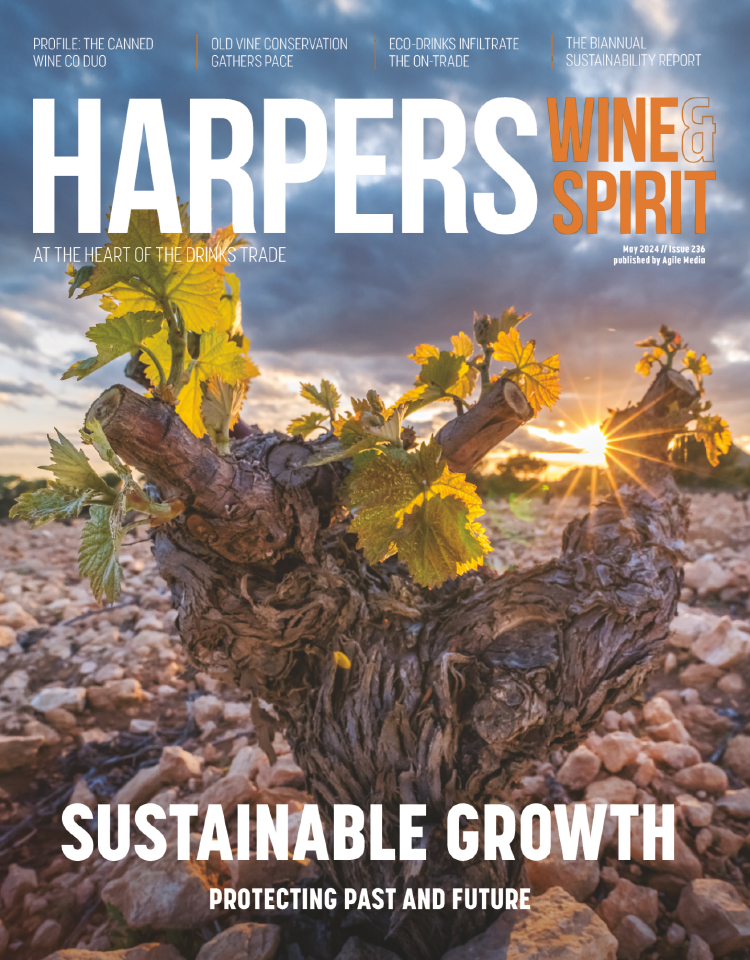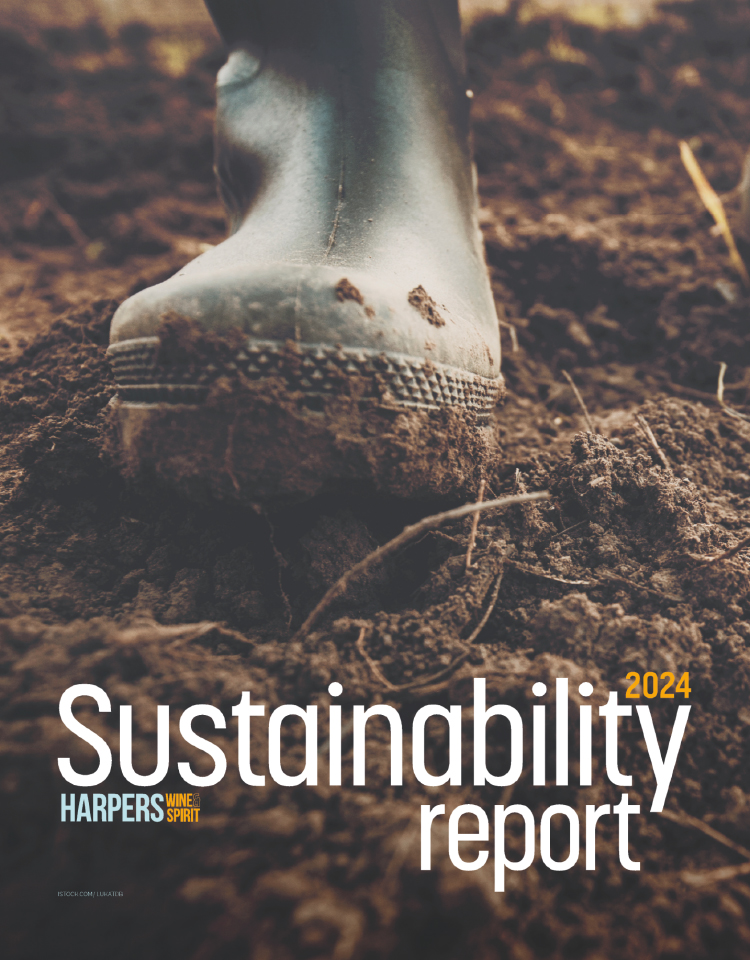
Alan Sugar's big gin debate: Are coloured gins a big no-no?
The issues surrounding colouring usually clear spirits came to the wider public's attention last night with the latest episode of BBC1's The Apprentice.
Giving a nod to the British gin wave, the show's producers gave Sir Alan Sugar's business partner hopefuls 48-hours to create, produce, market and sell their very own gin brand.
This is obviously no mean feat for newbies with no distilling skills to speak of - or business skills, dare anyone suggest?
Needless to say, it produced interesting results, including the issue of whether or not introducing colour to gin is business suicide (as well as the method by which the colour is achieved).
The show's consensus was that the intense orange colour added to one of the gins - the questionably named Colony Gin - was a misfire.
But there are gin producers in the very same city in which The Apprentice contestants were pitching, which are doing very well with coloured gins.
Pinkster Gin, which is made using raspberries, has garnered successful listings with retailers such as Ocado and also partnered with make-up giant Benefit within three years of becoming a commercial business.
Growing from an "out of control hobby", Pinkster's founder Stephen Marsh explained how making his labour of love pink wasn't his intention, but has become a helpful string to the brand's bow.
"The colour in Pinkster comes about during the secondary maceration process which occurs after distilling. I never set out to make a pink gin," he said.
"I was really only interested in the flavour profile. There's something which happens during the second maceration that makes the taste more smooth, and I found the raspberries take off the bitter edge off the juniper, which makes Pinkster better to pair with food. But it's been useful to have that point of difference."
As with The Apprentice episode, the issue of how the gin becomes coloured is a key point in this debate.
Defending his coloured gin, Marsh explained: "With Pinkster it's not a case of 'now we've made the gin, let's add some colour'. It's part of the process.
"What's generally frowned upon is using food colouring rather than using a process like second maceration. Artificially coloured spirits run the risk of falling into the gimmick category and distillers tend not to look favourably on gimmicks."
With gin there is also a degree of snobbery around the label of London Dry.
London Dry gins are those which have not been touched after the process of distilling. This in turn means that any gin made using a second maceration period or artificial colourings - and therefore any coloured gin - therefore cannot be classed as London Dry.
"Not being London Dry is still frowned upon, which is silly," Marsh said.
"There are many ways to make gin. There are lots of good London Dry gins and bad ones too, the same goes for those which aren't."






